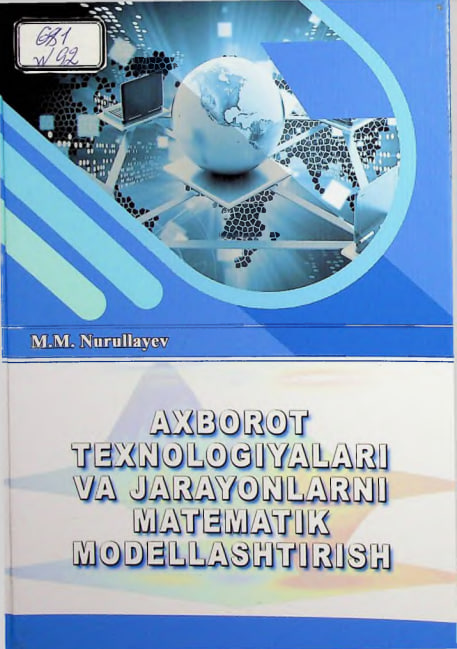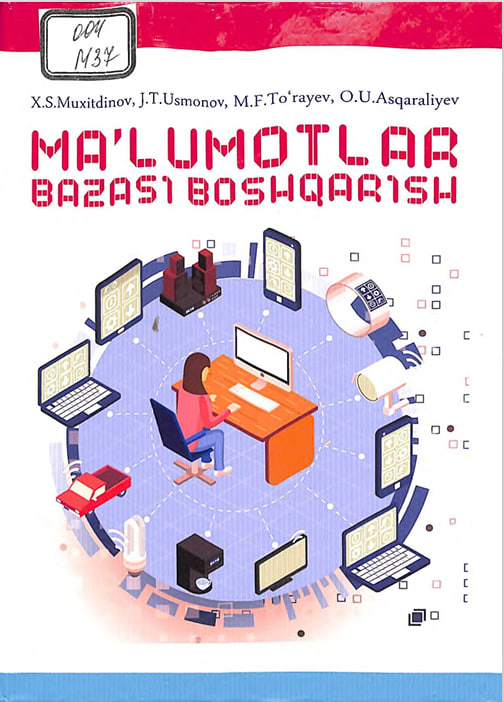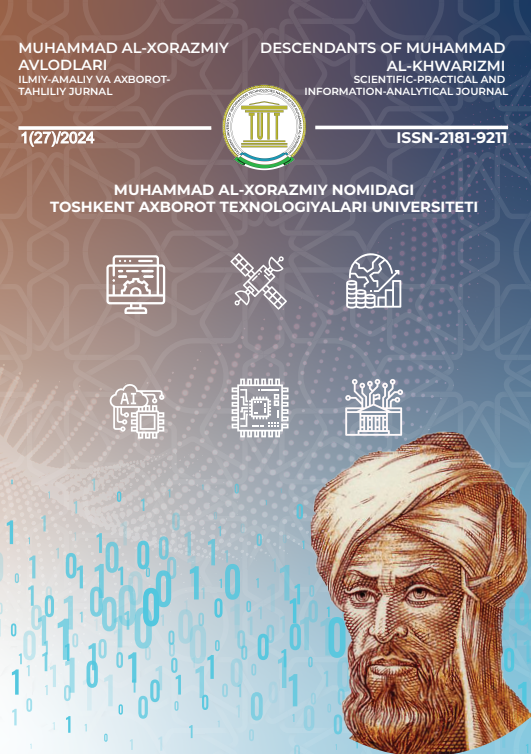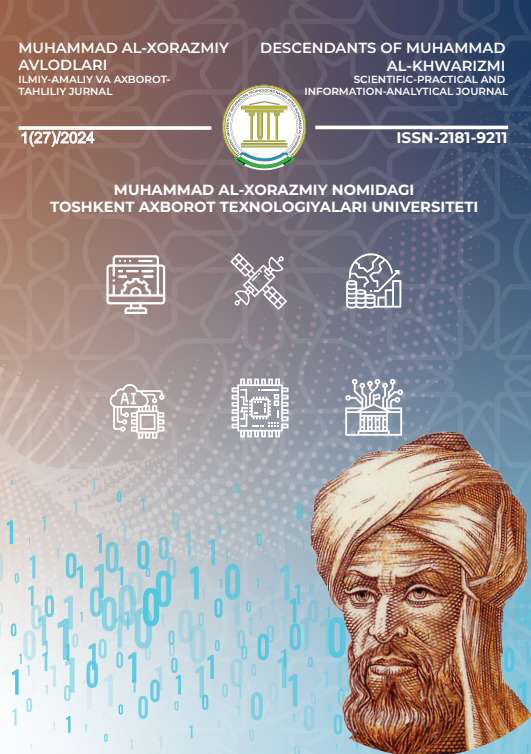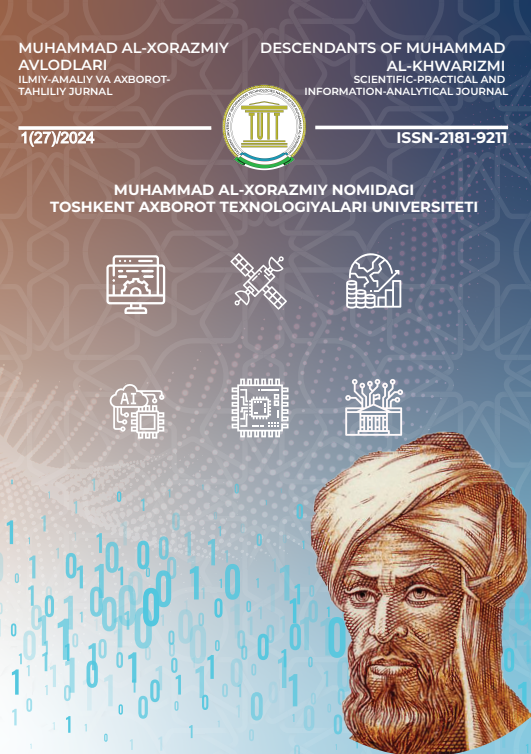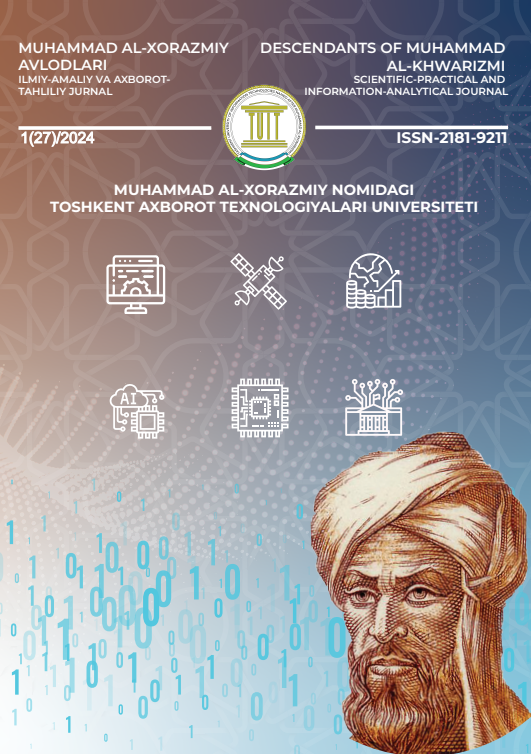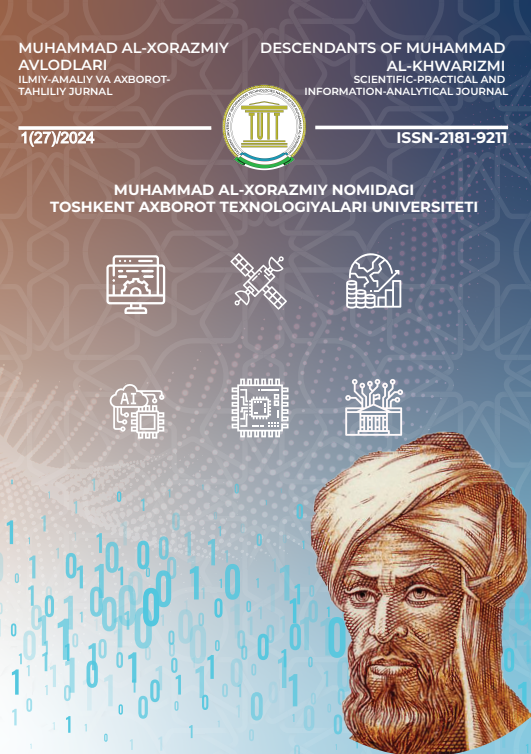SATELLITE IMAGE PROCESSING IN INDETIFYING OF DEFORESTATION OR SALTY LANDS BY USING AI
The paper discusses the use of satellite imagery and artificial intelligence to identify deforestation and salty lands. The authors of the paper cite a study that used Convolutional Neural Network (CNN) and satellite images to investigate the spatial distribution of vegetation cover. The CNN model was trained using annotated data, which resulted in better accuracy while determining the forest cover. The technology of instance segmentation was leveraged to correctly determine the forest cover in a particular satellite image, which radically improved the accuracy. Landslides are among the most dangerous and complicated natural hazards, resulting in severe destruction, natural resource damage, and human life and property. Landslides usually occur in different types, frequencies, and intensities worldwide. Satellite image processing is a powerful tool that can be used to identify deforestation and salty lands. By using AI, we can analyze satellite images to detect changes in vegetation cover, which can indicate deforestation. Additionally, we can use satellite data to identify areas of high salinity in soil, which can help farmers optimize their irrigation practices. The paper also discusses the use of satellite imagery to identify salty lands. A study conducted in Iran used satellite imagery and machine learning algorithms to identify and map saline soils . The study found that the Random Forest algorithm was the most accurate in identifying saline soils, with an overall accuracy of 87.5% . In conclusion, the paper highlights the potential of satellite image processing combined with AI to revolutionize the way we identify and monitor environmental issues such as deforestation and salty lands. It can help us take proactive measures to protect our planet and its resources.


